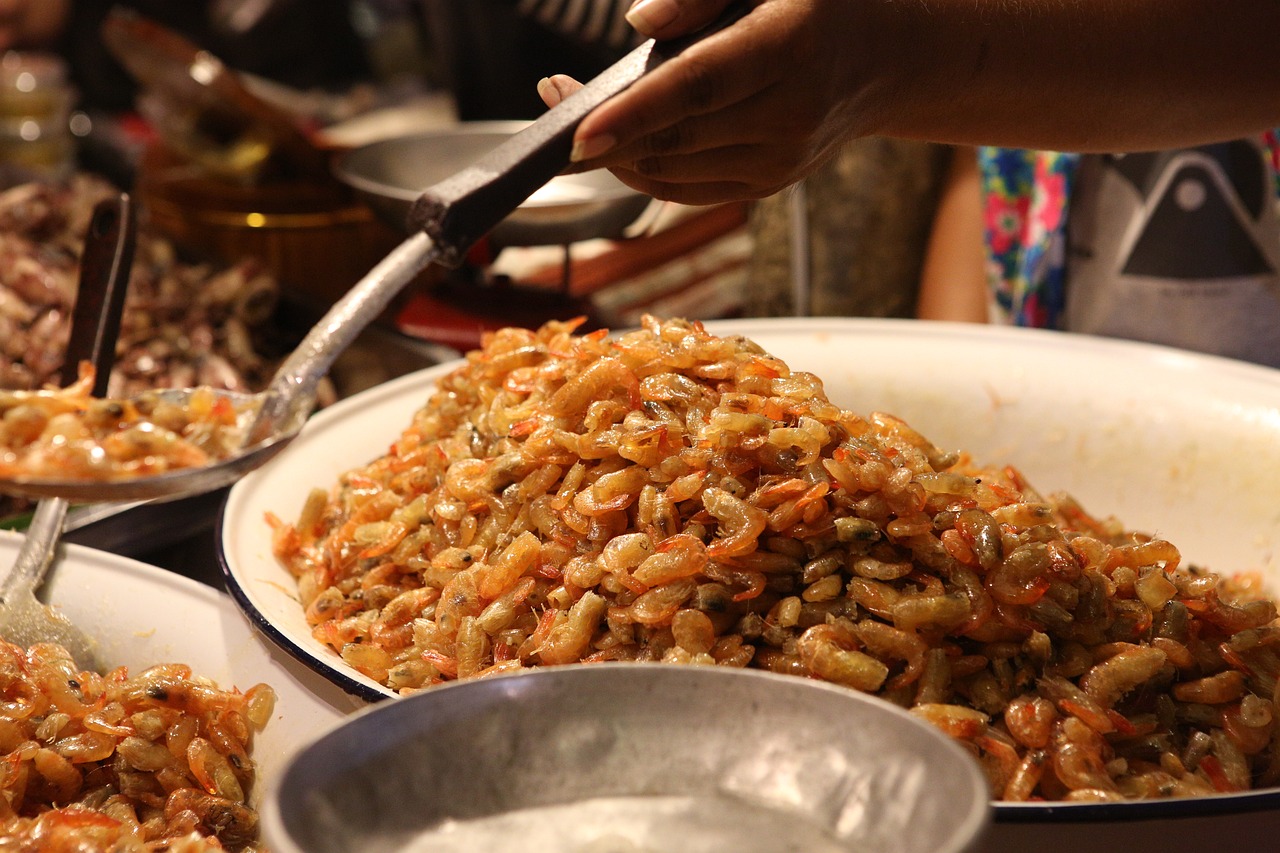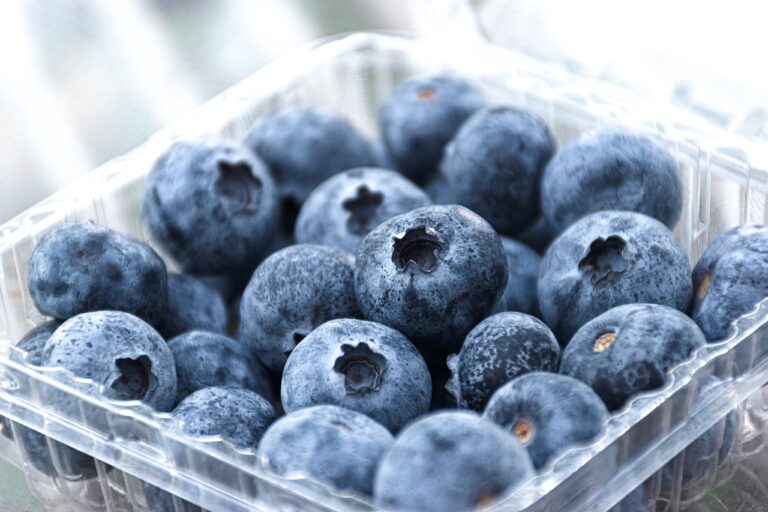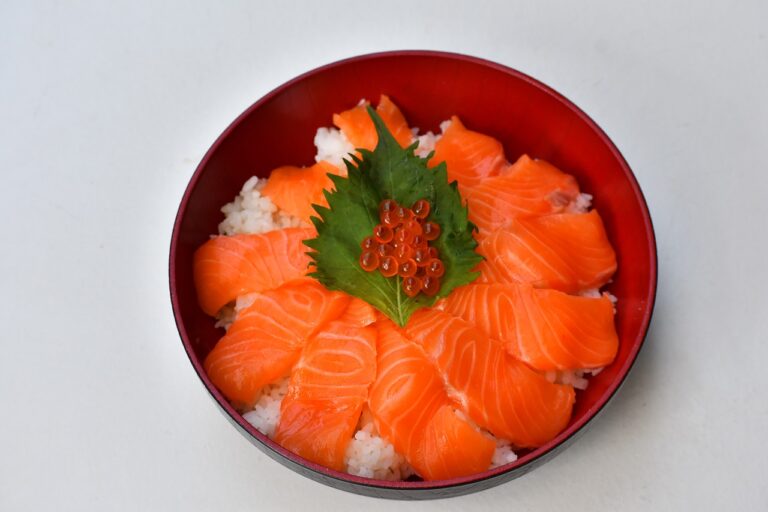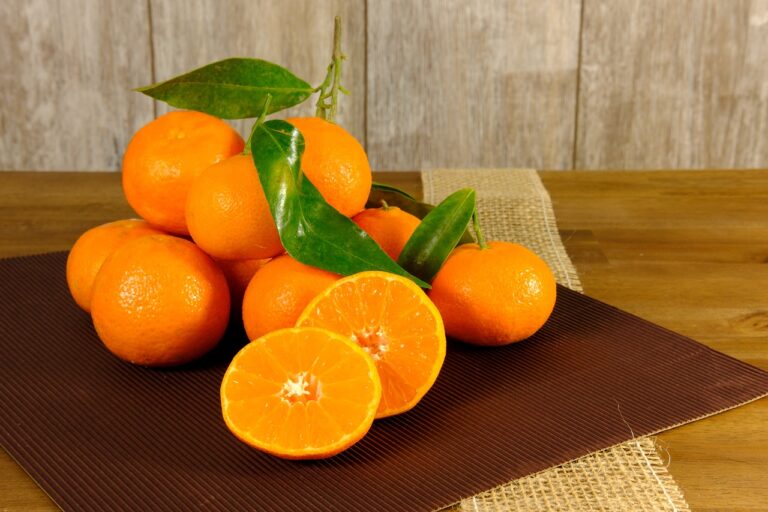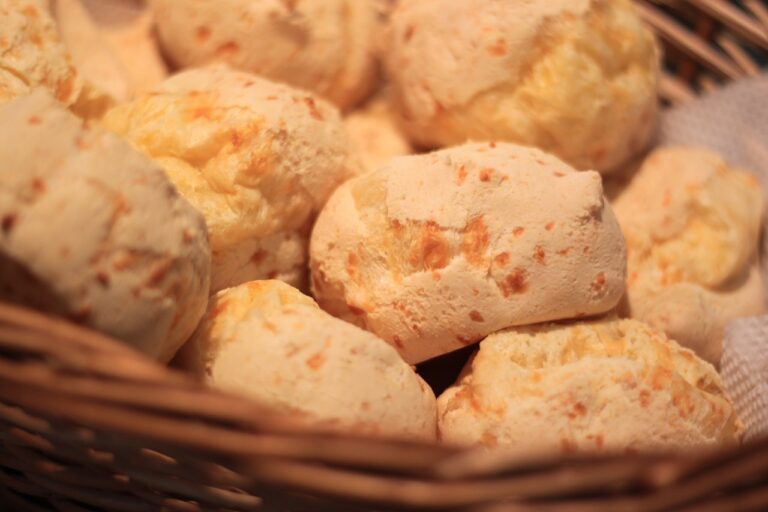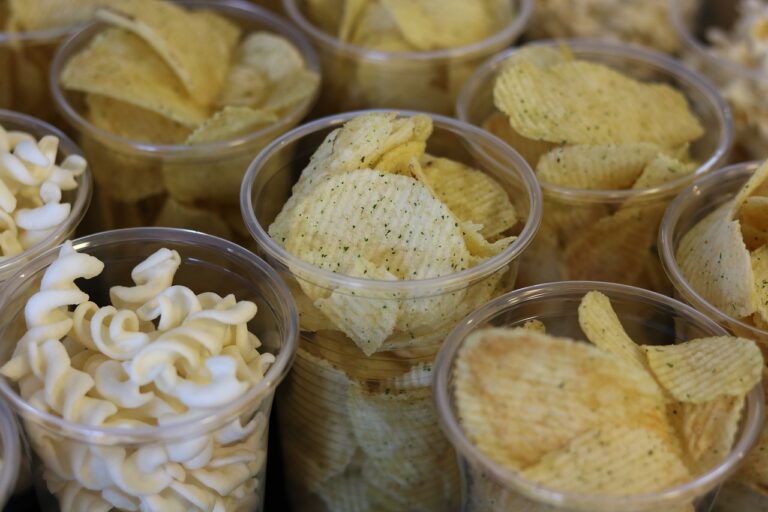The Art of Food foraging: Discovering Edible Treasures in Nature
Food foraging is the practice of gathering wild edible plants, fruits, nuts, and fungi from their natural habitat. This age-old tradition dates back to our ancestors who relied on the land for sustenance. In today’s modern society, food foraging has gained renewed interest as people seek to reconnect with nature and access fresh, organic foods.
The importance of food foraging lies in its ability to provide a sustainable and environmentally friendly food source. By harvesting wild foods, individuals can reduce their reliance on mass-produced, commercial agriculture, which often involves the use of pesticides and harmful chemicals. Additionally, foraging promotes a deeper appreciation for the natural world and encourages conservation efforts to protect these valuable resources for future generations.
The Benefits of Food Foraging for Your Health and Well-being
Foraging for food in nature not only provides you with fresh and organic ingredients but also offers numerous health benefits. Consuming wild plants and fungi rich in vitamins, minerals, and antioxidants can boost your immune system and overall well-being. These natural foods are often more nutrient-dense compared to store-bought produce, making them an excellent addition to a healthy diet.
Moreover, engaging in food foraging encourages physical activity and connects you with nature, reducing stress and promoting mental health. The act of searching for edible plants and fungi fosters mindfulness and a sense of accomplishment when you successfully identify and harvest nutritious items. Overall, food foraging can be a rewarding and enriching experience that contributes to both your physical health and mental well-being.
• Foraging for food in nature provides fresh and organic ingredients
• Wild plants and fungi are rich in vitamins, minerals, and antioxidants
• Consuming natural foods can boost immune system and overall well-being
• Wild foods are often more nutrient-dense than store-bought produce
Moreover:
• Engaging in food foraging encourages physical activity
• Connects you with nature, reducing stress and promoting mental health
• Searching for edible plants fosters mindfulness and a sense of accomplishment
• Food foraging can be a rewarding experience that contributes to both physical health and mental well-being
Common Edible Plants and Fungi Found in Nature
For those interested in food foraging, it’s essential to familiarize yourself with common edible plants and fungi found in nature. One such plant is the dandelion, known for its bright yellow flowers and toothed leaves. Dandelion greens can be added to salads or cooked as a nutritious side dish, providing a good source of vitamins A and C.
Another edible plant often found in the wild is the chickweed, a small herb with delicate white flowers. Chickweed has a mild, slightly sweet flavor and can be enjoyed fresh in salads or cooked as a green vegetable. Rich in vitamins and minerals, chickweed is a nutritious addition to your foraged foods repertoire.
What is food foraging?
Food foraging is the act of searching for and harvesting wild edible plants, fungi, and other natural foods from the environment.
Why is food foraging important?
Food foraging is important because it allows people to connect with nature, increase their knowledge of the local environment, and access fresh, nutritious foods. It also promotes sustainable living and reduces reliance on processed, store-bought foods.
Are all wild plants and fungi safe to eat?
No, not all wild plants and fungi are safe to eat. It is important to properly identify plants and fungi before consuming them to avoid accidentally ingesting toxic or poisonous species.
How can I learn to identify edible plants and fungi in nature?
It is recommended to do thorough research, attend workshops or foraging classes, and consult with experienced foragers or field guides to learn how to identify edible plants and fungi accurately.
What are some common edible plants and fungi found in nature?
Common edible plants and fungi found in nature include wild berries, dandelions, ramps, morel mushrooms, and chanterelle mushrooms, among others. It is important to always double-check the identification of any wild food before consuming it.

